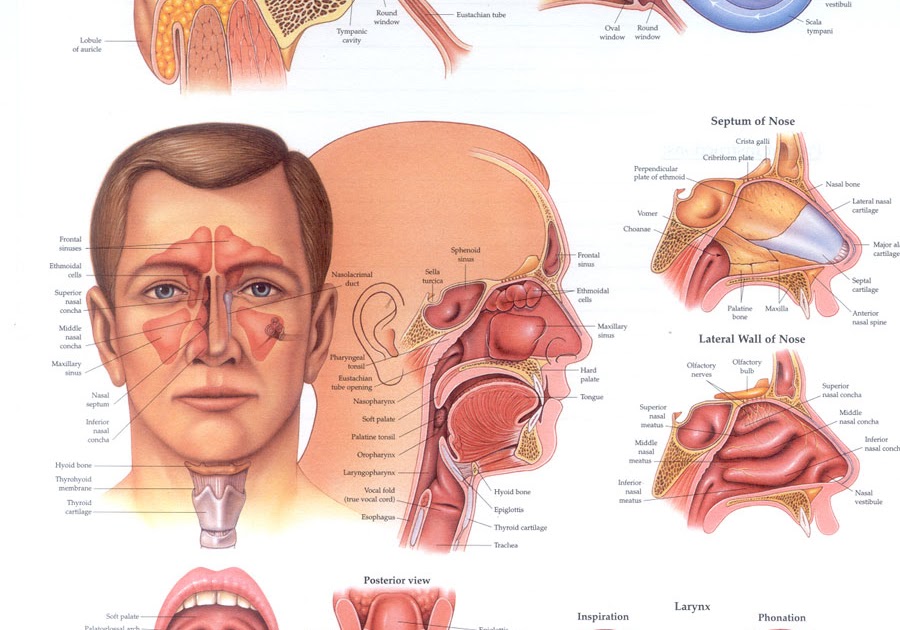
Sinusitis can become chronic, recurring even when there is no respiratory infection. The accumulation of mucus can lead to intense feelings of pressure and severe headaches or facial pain around the eyes and even the teeth. When this becomes inflamed or infected, the increased mucus cannot escape easily as the drainage canals from the sinuses to the nasal cavities are narrow. Like the nose, they are lined with mucous membrane. Sinuses are air spaces inside the large facial bones which help to reduce their weight. Hence the sneezes and runny nose of hay fever.Ī complication of nasal infection can be sinusitis. When we contract an infection or come into contact with an allergen, such as pollen, our mucus membranes are stimulated to produce increased amounts of mucus to wash the particles away. This is an important defence against infection of the lower respiratory passages. The cilia then waft them either out of the nose or to the throat to be coughed away. osteoclasis c Which statement is true about osteomalacia a.

gouty arthritis d A vitamin D deficiency can cause the abnormal metabolic bone disease called a. They catch particles of dirt and micro-organisms and trap them in the mucus. The throat (pharynx) is located behind the mouth, below the nasal cavity, and above the hollow tube that leads from the throat to the stomach (esophagus) and windpipe (trachea). Inflammation of the joints caused by excessive uric acid levels in the blood and joints is a. The mucus membrane that lines the nose also has tiny hairs or cilia on its surface and these wave like seaweed underwater. This warm, moist air is good for the lungs. It is also moistened by the mucus produced by special goblet cells. Eventually, the messages are decoded in the temporal part of the brain and we recognise smell. Certain aromas may also stimulate the release of specific neurotransmitters. This region deals with powerful emotions and buried memories, which could explain why the sense of smell can evoke such strong responses. Unlike messages from other sense organs, aromatic messages enter the limbic system. Tiny hairs, called olfactory cilia, on nerve cells high up in the nose, are sensitive to aromatic molecules, and transmit nerve messages to the brain. Inner ear infections can cause dizziness, vertigo and nausea.

Middle ear infections are common in children. Their role is to maintain equal air pressure on either side of the eardrum, but they act as a passage for micro-organisms from the throat to the ear or vice versa. This information is processed in the brain, along with visual stimuli and messages from the limbs, allowing you to maintain a sensation of balance despite postural changes.Įars can be prone to infection via the eustachian tubes, canals which link the middle ear to the throat. Three liquid filled canals within the inner ear help the brain to determine the position of the head and whether the body is stationary or rotating. The ears are also involved in our sense of balance.

These nerve signals are transmitted to the brain where they are decoded into decoded into recognisable sounds.


 0 kommentar(er)
0 kommentar(er)
